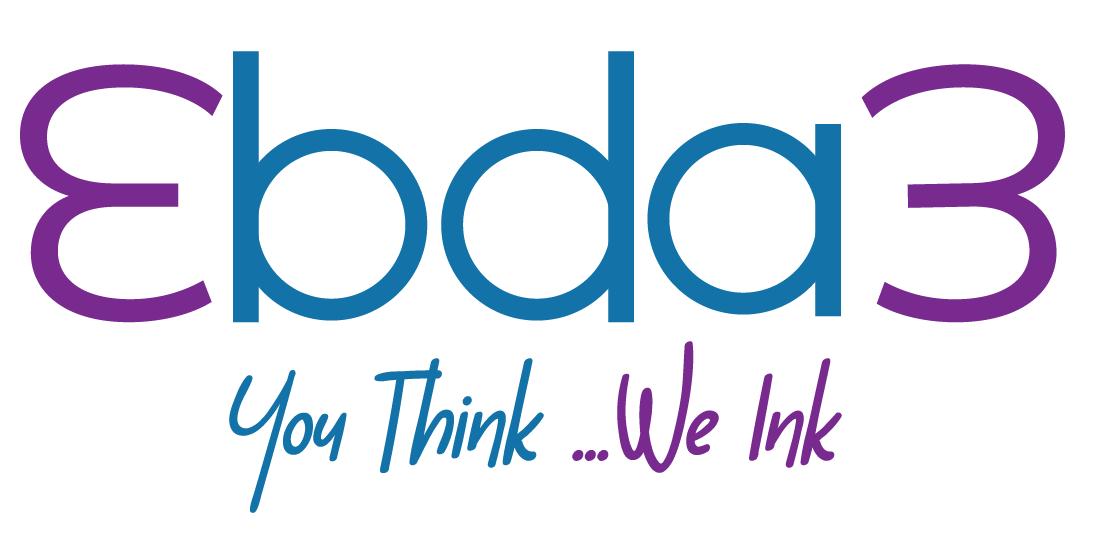How to Optimize Your Website Copy for Maximum SEO Impact

Optimizing your website copy for search engine optimization (SEO) is crucial for improving your online visibility and driving more organic traffic to your site. Well-crafted content not only engages your audience but also satisfies search engine algorithms. This blog provides actionable tips on how to optimize your website copy for maximum SEO impact, with a focus on how Ebda3 helps businesses enhance their online presence through strategic content.
Understanding SEO Website Copy Optimization
SEO website copy optimization involves tailoring your content to rank higher in search engine results pages (SERPs). This means incorporating relevant keywords, creating valuable content, and ensuring that your site is user-friendly and technically sound. Here’s how you can achieve these goals:
1. Conduct Thorough Keyword Research
Identify Relevant Keywords
Start by researching keywords that are relevant to your business and audience. Use tools like Google Keyword Planner, SEMrush, or Ahrens to find keywords with high search volume and low competition. Focus on both primary keywords and long-tail keywords that align with user intent.
Analyze Competitor Keywords
Examine the keywords your competitors are targeting. This can provide insights into market trends and help you identify opportunities to differentiate your content.
Incorporate Keywords Strategically
Place your primary and secondary keywords strategically within your content. Ensure that keywords are included in key areas such as:
- Title Tags
- Meta Descriptions
- Headings (H1, H2, H3)
- Body Copy
- URL Slugs
- Alt Text for Images
2. Create High-Quality, Engaging Content
Write for Your Audience
Develop content that addresses the needs and interests of your target audience. Focus on providing value through informative, relevant, and engaging content. Your content should answer questions, solve problems, and offer insights that resonate with your readers.
Use Clear and Compelling Headlines
Craft headlines that are both attention-grabbing and keyword-rich. Headlines should be clear, concise, and designed to entice readers to click through and read more.
3. Optimize On-Page SEO Elements
Meta Tags and Descriptions
Write compelling meta titles and descriptions that include relevant keywords. These elements play a crucial role in attracting clicks from search engine results and should provide a clear summary of the page content.
Internal and External Links
Incorporate internal links to guide users to related content on your site and improve navigation. Additionally, use external links to reputable sources to enhance credibility and provide additional value.
4. Focus on User Experience (UX)
Ensure Mobile-Friendliness
With the increasing use of mobile devices, ensure that your website is mobile-friendly. Use responsive design to provide a seamless experience across different devices and screen sizes.
Improve Page Load Speed
Optimize your website’s loading time by compressing images, minimizing code, and leveraging browser caching. A faster-loading site improves user experience and can positively impact search rankings.
Enhance Readability
Use a clear and legible font, appropriate font sizes, and ample white space to make your content easy to read. Break up text with headings, bullet points, and short paragraphs to improve readability.





